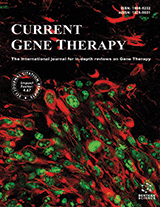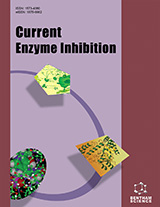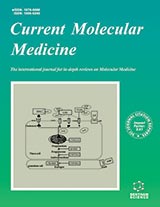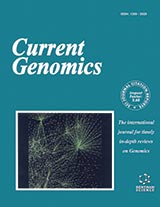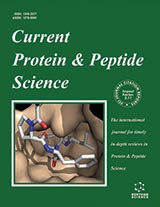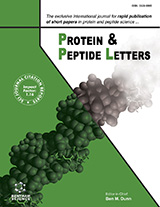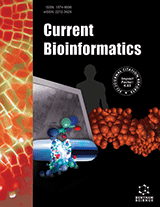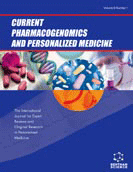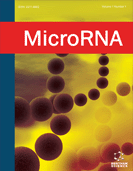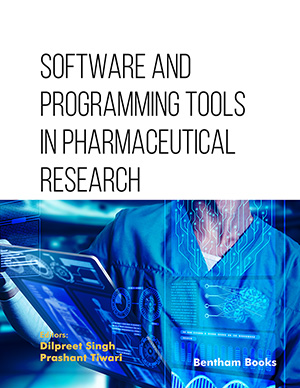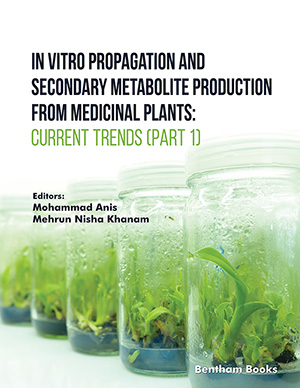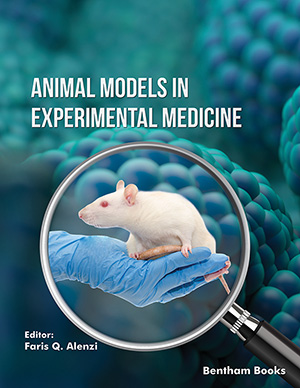Abstract
Cancer gene therapy is the most promising and active field in gene therapy treatment. Although previous experimental and clinical trials have brought forward some exciting cases, in general, the clinical benefits have been limited. A major difference between virus-mediated gene therapy and other therapies is the poor physical diffusibility of viral vectors, which is also one of the major obstacles in cancer gene therapy. As safety is a prerequisite to enhanced viral dissemination, tumor-specific targeting becomes crucial. The present review focuses on questions related to efficient viral dissemination in tumor masses and how to sustain a high level of oncolytic virus targeting of tumor cells only. We will first consider two common reasons for limited virus spread in tumor masses and then discuss strategies for improving the tumor-specific oncolysis of currently used viral vectors and to comment on their advantages and potential problems.
Keywords: Cancer gene therapy, tumor masses, oncolytic virus
Current Gene Therapy
Title: Viral Vectors for Cancer Gene Therapy: Viral Dissemination and Tumor Targeting
Volume: 5 Issue: 1
Author(s): William Jia and Qun Zhou
Affiliation:
Keywords: Cancer gene therapy, tumor masses, oncolytic virus
Abstract: Cancer gene therapy is the most promising and active field in gene therapy treatment. Although previous experimental and clinical trials have brought forward some exciting cases, in general, the clinical benefits have been limited. A major difference between virus-mediated gene therapy and other therapies is the poor physical diffusibility of viral vectors, which is also one of the major obstacles in cancer gene therapy. As safety is a prerequisite to enhanced viral dissemination, tumor-specific targeting becomes crucial. The present review focuses on questions related to efficient viral dissemination in tumor masses and how to sustain a high level of oncolytic virus targeting of tumor cells only. We will first consider two common reasons for limited virus spread in tumor masses and then discuss strategies for improving the tumor-specific oncolysis of currently used viral vectors and to comment on their advantages and potential problems.
Export Options
About this article
Cite this article as:
Jia William and Zhou Qun, Viral Vectors for Cancer Gene Therapy: Viral Dissemination and Tumor Targeting, Current Gene Therapy 2005; 5 (1) . https://dx.doi.org/10.2174/1566523052997460
| DOI https://dx.doi.org/10.2174/1566523052997460 |
Print ISSN 1566-5232 |
| Publisher Name Bentham Science Publisher |
Online ISSN 1875-5631 |
Call for Papers in Thematic Issues
Programmed Cell Death Genes in Oncology: Pioneering Therapeutic and Diagnostic Frontiers (BMS-CGT-2024-HT-45)
Programmed Cell Death (PCD) is recognized as a pivotal biological mechanism with far-reaching effects in the realm of cancer therapy. This complex process encompasses a variety of cell death modalities, including apoptosis, autophagic cell death, pyroptosis, and ferroptosis, each of which contributes to the intricate landscape of cancer development and ...read more
Related Journals
 31
31
- Author Guidelines
- Graphical Abstracts
- Fabricating and Stating False Information
- Research Misconduct
- Post Publication Discussions and Corrections
- Publishing Ethics and Rectitude
- Increase Visibility of Your Article
- Archiving Policies
- Peer Review Workflow
- Order Your Article Before Print
- Promote Your Article
- Manuscript Transfer Facility
- Editorial Policies
- Allegations from Whistleblowers
- Announcements
Related Articles
-
Metallodrugs in Targeted Cancer Therapeutics: Aiming at Chemoresistance- related Patterns and Immunosuppressive Tumor Networks
Current Medicinal Chemistry Perioperative Safety of Warfarin Therapy and Reversal
Current Drug Safety Recent Advances in Minimal Access Surgery for Infants and Children
Current Pediatric Reviews Design of New Improved Curcumin Derivatives to Multi-targets of Cancer and Inflammation
Current Drug Targets MGBG in Combined Anticancer Chemotherapy
Letters in Drug Design & Discovery Multiple Target-Specific Molecular Agents for Detection and Image Analysis of Breast Cancer Characteristics in Mice
Current Molecular Medicine Interferon Therapy for Malignant Solid Tumors
Current Drug Therapy Recent Advances in the Characterization of Genetic Factors Involved in Human Susceptibility to Infection by Schistosomiasis
Current Genomics Exosome Limitations in the Treatment of Inflammatory Diseases
Current Pharmaceutical Design When BMP Signalling Goes Wrong: The Intracellular and Molecular Mechanisms of BMP Signalling in Cancer
Current Signal Transduction Therapy Hemicellulose from Plant Biomass in Medical and Pharmaceutical Application: A Critical Review
Current Medicinal Chemistry Flavonoids as Anticancer Agents: Recent Progress and State of the Art?
Current Organic Chemistry Dysregulation of LncRNAs in Placenta and Pathogenesis of Preeclampsia
Current Drug Targets Bioavailability Challenges Associated with Development of Anti-Cancer Phenolics
Mini-Reviews in Medicinal Chemistry Histone Lysine-Specific Methyltransferases and Demethylases in Carcinogenesis: New Targets for Cancer Therapy and Prevention
Current Cancer Drug Targets Congenital Choledochal Malformation – Current Concepts and Classification
Current Pediatric Reviews The Beneficial Effects of QIAPI 1<sup>®</sup> against Pentavalent Arsenic-Induced Lung Toxicity: A Hypothetical Model for SARS CoV2-I nduced Lung Toxicity
Current Pharmaceutical Biotechnology EMT Blockage Strategies: Targeting Akt Dependent Mechanisms for Breast Cancer Metastatic Behaviour Modulation
Current Gene Therapy Molecular Biology of Nucleoside Transporters and their Distributions and Functions in the Brain
Current Topics in Medicinal Chemistry Light Directed Gene Transfer by Photochemical Internalisation
Current Gene Therapy


